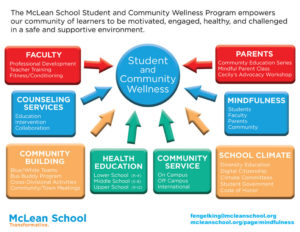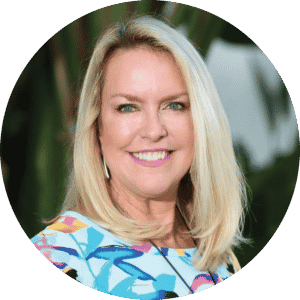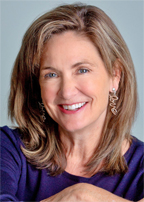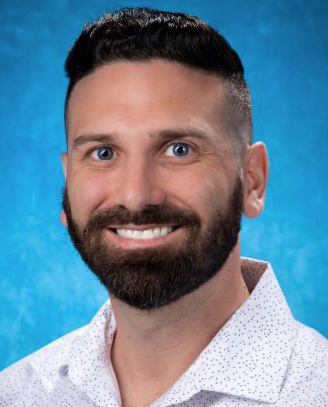First implementations of WholeHealthED Studies at four NJ middle schools bring favorable assessment
A survey of middle school students attending four schools in Cumberland County NJ who participated in the spring 2019 semester in our Wellness Studies Program showed significant improvement in their appreciation for multiple health-improving activities that are at the core of the curriculum.
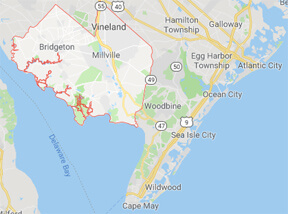
The survey was conducted by the regional offices of the 21st Century Community Learning Centers program (21st CCLC), which is funded by the US Dept. of Education through local school districts. Program director Cynthia Angelo engaged the independent evaluation firm LinchPin Solutions of Mt. Laurel, NJ to conduct pre- and post-participation evaluation surveys among students who participated in the after-school programs. We were very pleased and gratified to read their conclusion:
“Overall, across every domain, students reported more knowledge, increased positive behavior, and more self-awareness, from pre- to post- surveys. The CEZ 21st CCLC Health and Wellness Program appears to have made a significant difference for the participants of this project.”
(CEZ = Cumberland County Empowerment Zone)
“Across every domain” is key, as it refers to the curriculum’s core design premise: blending multiple wellness activities into a unified learning program. The after-school programs included mindfulness, nutrition and food preparation, fitness and PE, and outdoor and nature learning. As noted by P.J. Ragone, of the Inspira Health Network and leader of the fitness workshops:
“What I appreciate most about the program is that it doesn’t just address one aspect of wellness. This program allowed me to educate the students on proper nutrition, physical activity as well as mental health.”
Other workshops were led by specialists from Wellness in the Schools, WITS, of NYC; Holistic Life Foundation of Baltimore, and Project Little Warriors of Camden.

 The curriculum and a basic evaluation tool were developed initially for Lakeside Middle School in Millville for school-day workshop presentations by Kate Tumelty Felice, EdD, Director of Programs for WholeHealthED and Education Programs Coordinator, Associate Professor at Rowan College of South Jersey in Vineland. The program was then adopted by the 21st CCLC. As part of organizing the workshop teams and resources Dr. Felice included as support during workshops her students from Cumberland College some of whom are preparing to enter K-12 classrooms themselves. She dubbed them “wellness ambassadors.”
The curriculum and a basic evaluation tool were developed initially for Lakeside Middle School in Millville for school-day workshop presentations by Kate Tumelty Felice, EdD, Director of Programs for WholeHealthED and Education Programs Coordinator, Associate Professor at Rowan College of South Jersey in Vineland. The program was then adopted by the 21st CCLC. As part of organizing the workshop teams and resources Dr. Felice included as support during workshops her students from Cumberland College some of whom are preparing to enter K-12 classrooms themselves. She dubbed them “wellness ambassadors.”
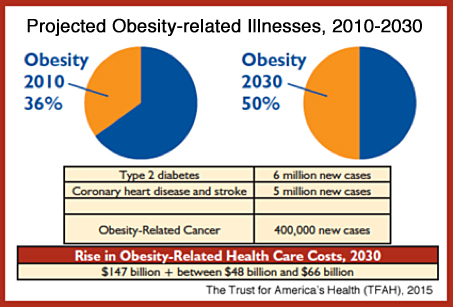
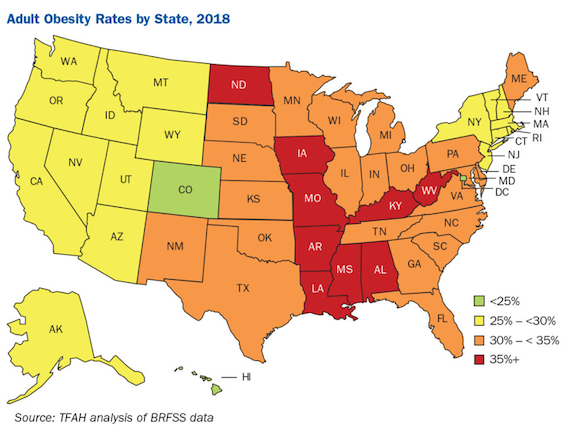
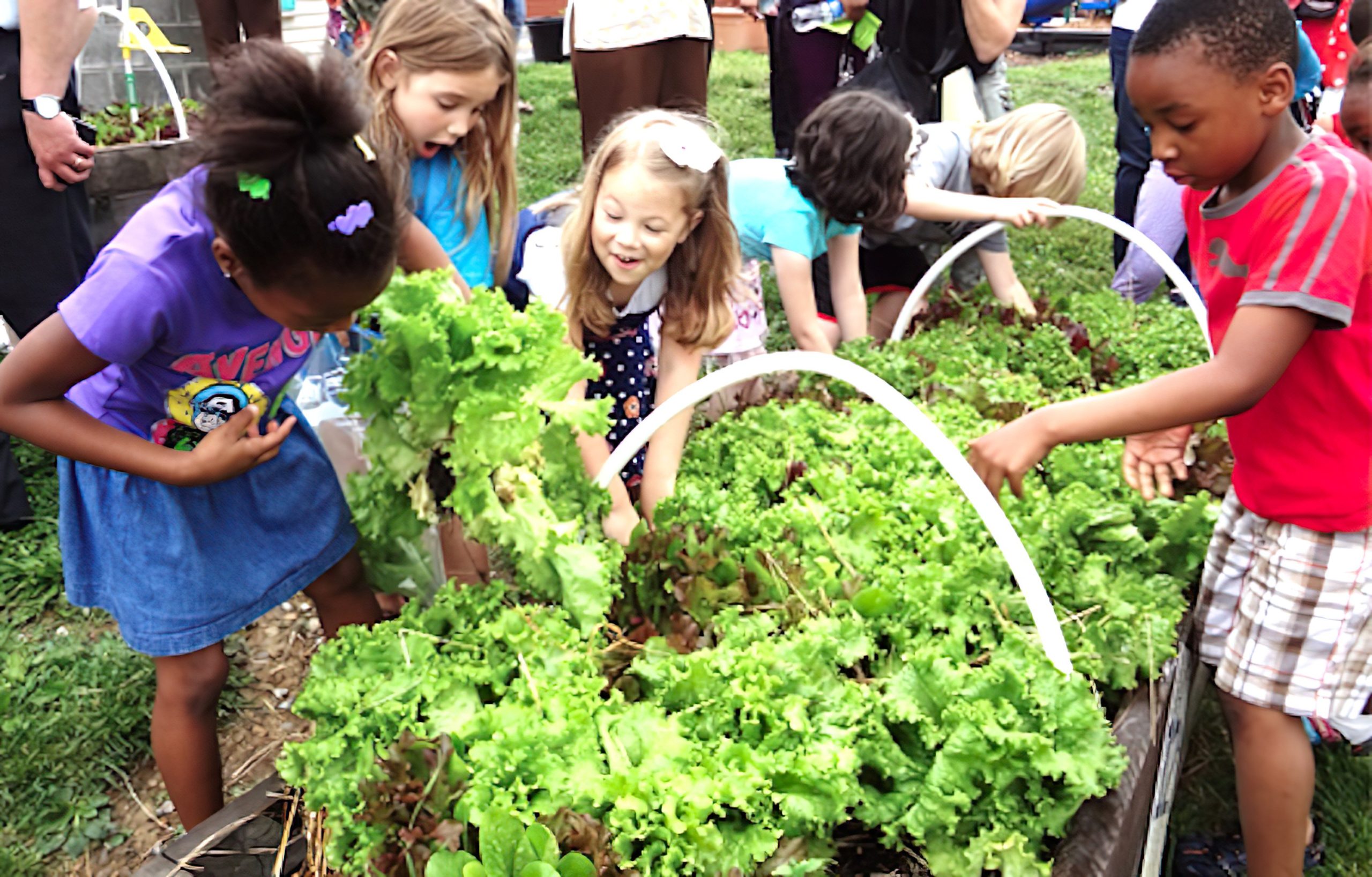

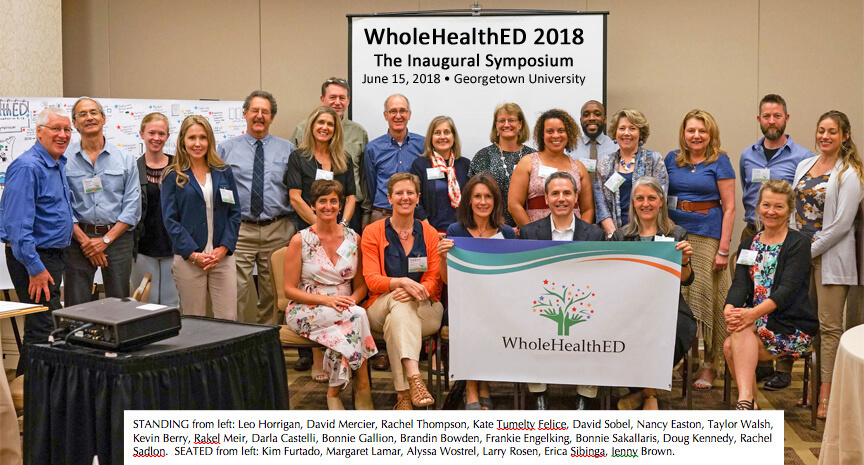
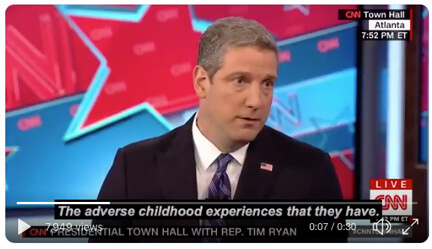
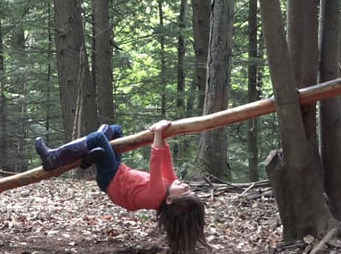
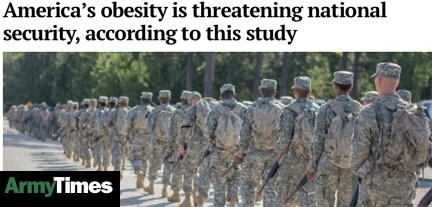 This article summarizes another
This article summarizes another 

